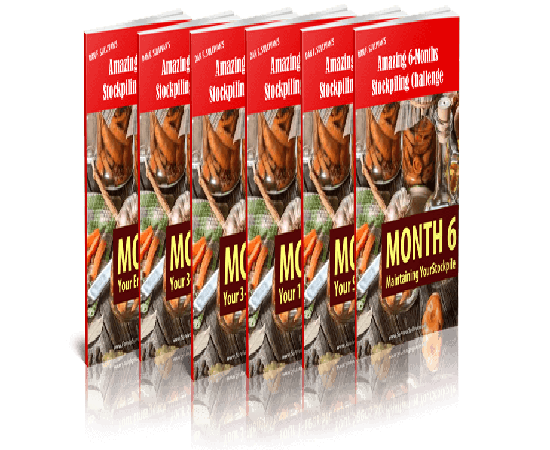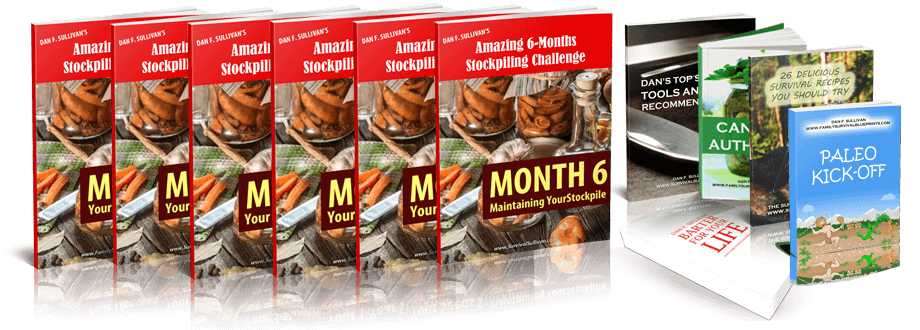The Ultimate Guide to Food Stockpiling: A Smart Strategy for Uncertain Times
Are you looking to prepare for the future by ensuring that you have enough food on hand in case of emergencies or unexpected events? Food stockpiling is a smart strategy that can help you feel more secure and resilient in times of need. In this article, we will delve into the world of food stockpiling, exploring its benefits, answering frequently asked questions, and providing valuable insights to help you get started on your own stockpiling journey.
Introduction
Food stockpiling is the act of storing a supply of food for future use. Whether you are preparing for a natural disaster, economic downturn, or simply want to have peace of mind knowing that you have enough food to sustain you and your family, having a food stockpile can be a wise decision.
Benefits of Food Stockpiling
There are numerous benefits to having a well-stocked pantry or food supply. Some of the key advantages include:
- Security and peace of mind
- Cost savings through bulk purchasing
- Emergency preparedness
- Healthier eating choices
By building a food stockpile, you can ensure that you and your loved ones are taken care of in times of crisis, while also saving money on groceries and making healthier food choices.
Frequently Asked Questions about Food Stockpiling
- How much food should I stockpile?
- What types of food should I include in my stockpile?
- How do I rotate my food stockpile to ensure nothing goes to waste?
- Can I use my food stockpile in everyday cooking?
- Where can I store my food stockpile?
It is recommended to have a minimum of two weeks’ worth of non-perishable food on hand for emergencies. However, the amount you stockpile can vary based on your family size and individual needs.
Focus on stocking up on non-perishable items such as canned goods, rice, pasta, dried beans, and other staples that have a long shelf life. Don’t forget to include pet food if you have pets.
Make sure to organize your stockpile by expiration date and use the oldest items first. Regularly check your supplies and replace any items that are getting close to expiring.
Absolutely! Incorporate items from your stockpile into your regular meal planning to ensure that nothing goes to waste and to rotate your supplies regularly.
Choose a cool, dry, and dark location for your food stockpile to help preserve the shelf life of your items. Consider investing in storage containers or shelving to keep everything organized.
Conclusion
Food stockpiling is a practical and smart way to prepare for the uncertainties of the future. By building a well-rounded stockpile that meets your family’s needs, you can ensure that you are ready for whatever comes your way. Remember to regularly review and update your stockpile to keep it fresh and relevant to your needs.
Are you ready to take on the challenge of food stockpiling? Consider exploring resources like Dan F. Sullivan’s Amazing Stockpiling Challenge to learn more about how you can enhance your preparedness and create a robust food stockpile that will serve you well in any situation.


